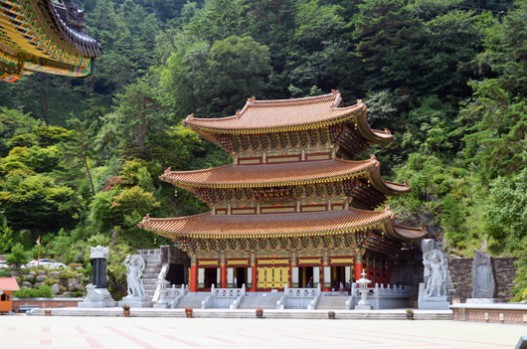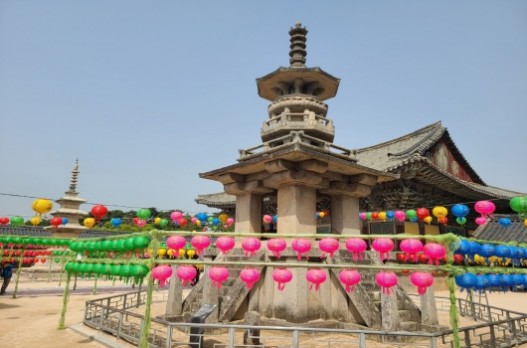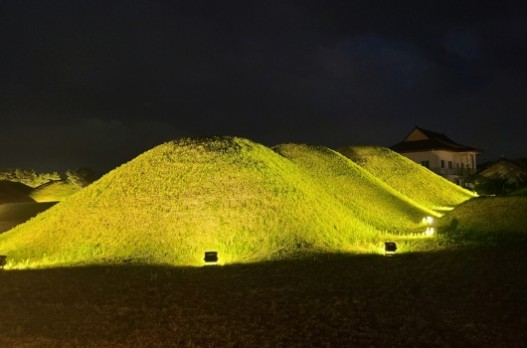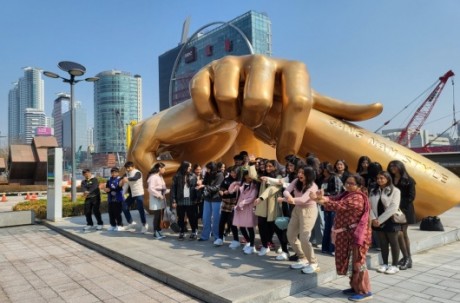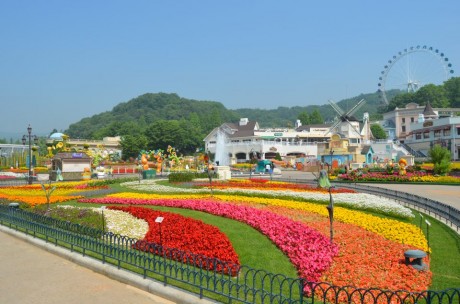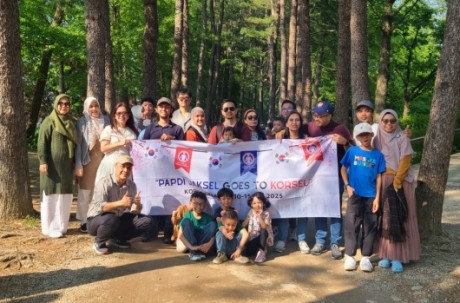Conditions
 Price
Price
| Number of Pax | Price |
| 4 pax | Please contact us |
– 4 people have to sign up for there to be a tour!!
 Inclusion
Inclusion
– Transportation
– 1 night at hotel (3-star)
– Breakfast (Toast, Coffee)
– Tour conductor(Not Tour guide)
 Exclusion
Exclusion
– Personal Expense
– Admission fees
– Meals
Instruction
* Mt. Seorak National Park
Seoraksan Mountain is known to have the most captivating scenic beauty and beautiful autumnal tints. The mountain has variegated leaves because it’s located in the center of the Baekdu Mountain Range. Centered around the highest peak named Daecheongbong (1,708m), the mountain is divided into Naeseorak to the west, Namseorak to the sourth, and Oeseorak to the east. There are Bongjeomam Temple, which is situated in the highest place (1,224m) among other temples in Korea, and Baekdamsa Temple, where a highly respected priest named Manhae Han Yong-un resided in the past. The cable car starts from Seorakdong. Seoraksan is an internationally well-known mountain designated as a Biosphere Reserve by the UNESCO.
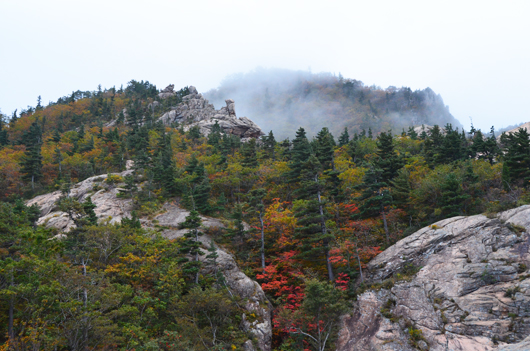
* Andong Hahoe Village
Hahoe Village is home to descendants of the Ryu clan of Pungsan and is well-known for its traditional houses. Birthplace of renowned scholars of the Joseon Period such as Gyeomam Ryu Un-ryong and Seoae Ryu Seong-ryong, the village became even more famous after Queen Elizabeth of England visited on April 21, 1999. Hahoe Village boasts exquisite scenic sights: the elegant Nakdong River flowing around the village, the magnificent Buyongdae Cliff, endlessly unfolding sandy beaches, and lush, ancient pine trees. Visitors can take the boat to Buyongdae Cliff for a panoramic view of the village.
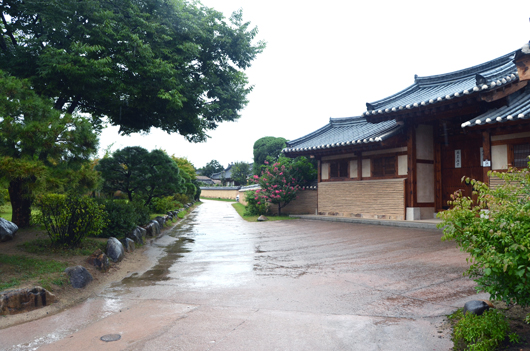
* Guinsa Temple of Sobaeksan National Park
Guinsa Temple, located below Yeonhwabong Peak of Sobaeksan Mountain, is the headquarters of the Cheontae Order of Korean Buddhism and now presides over 140 temples across the nation. Standing on a lot measuring a total of 15,014 square meters, the temple has an impressive, 5-story main sanctuary as well as over 50 chambers and is bordered by modern buildings that can accommodate up to 10,000 visitors. Must-see parts of the temple include Deabeopdang Hall (the main sanctuary) and Beopeobi Monument (a Buddhist sermon monument). The 5-story Daebeopdang Hall (est. April 29, 1980) is the largest Buddhist sanctuary in the nation and can seat up to 5,000 people. Beopeobi (full name: Beopeobi of Great Monk Sangwol) is a stone monument engraved with the teachings of the Great Monk Sangwol. The writings on the monument reflect the beliefs of the Tripitaka Koreana, one of the foundational texts of Buddhism.
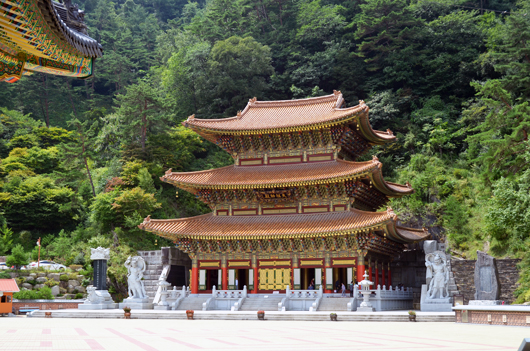
* Beopjusa Temple of Songnisan National Park
Built in the 14th year of Silla King Jin-Heung’s reign, Beopjusa Temple is located on Mt. Songnisan. What stands today are the remnants of rebuilt monuments through left over from the lengthy and arduous process. When you enter the temple, the yellow earthen road will catch your eye. The earth was ground into small stone shapes, burned, and then scattered over the road. The road itself leads to the Orisup Trail, and there will be a nature study trail beside it. Pass the Orisup trail, through thick pine trees, and you will come across the main gate of the temple. There is a large rock with a hole in the middle beside the main gate. You can drink spring water that comes out of the hole. Inside the temple you can see Palsangjeon, Pavilion which is a wooden building shaped like a tower. Then you can visit the Seokryeonji Lotus Flower Pond. As the name suggests, the pond is made of stones. At the back of Palsangjeon Pavilion, there is the Ssangsajaseokdeung (Two Lion Stone Lamp), and, again as the name suggests, the two lions uphold the stone lamp. The main building is also fascinating. It is two-stories high, and very stately. In addition, Beopjusa Temple has Ma-aeyeorae-uisang carved into a rock. Uisang refers to a sitting Buddha, and this particular Ma-aeyeorae shows Buddha sitting on a lotus flower. Passage of time has done much damage, but the original shapes are still well preserved.

| Day 1 | |
| 08:00 | Seoul (Hotel) → Mt. Seorak National Park |
| 11:30 ~ 14:30 | Gwongeumsung Fortress by Cable Car & Sinheungsa Temple tour |
| 14:30 ~ 19:00 | Mt. Seorak National Park → Hotel in Andong / Free time |
| Day 2 | |
| 09:00 ~ 09:20 | Hotel → Andong Hahoe Village |
| 09:20 ~ 10:00 | Andong Hahoe Village tour |
| 10:00 ~ 12:00 | Andong Hahoe Village → Guinsa Temple of Sobaeksan National Park |
| 12:00 ~ 13:00 | Guinsa Temple of Sobaeksan National Park tour |
| 13:00 ~ 16:30 | Guinsa Temple of Sobaeksan National Park → Beopjusa Temple of Songnisan National Park |
| 16:30 ~ 17:30 | Beopjusa Temple of Songnisan National Park tour |
| 17:30 ~ 20:00 | Beopjusa Temple of Songnisan National Park → Seoul (Hotel) |
How to get there


